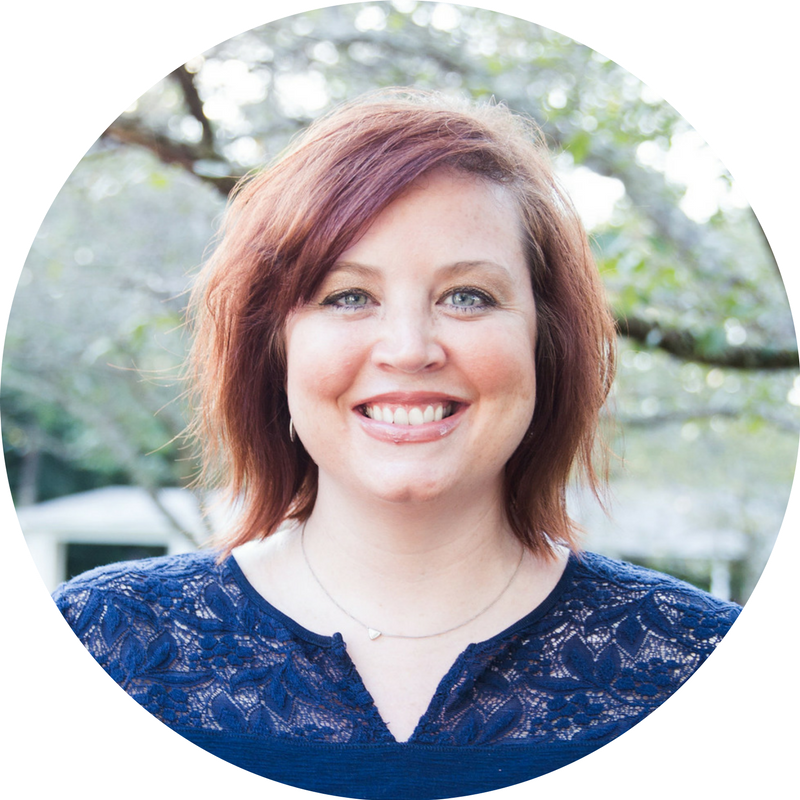Each month, I invite guest contributors to speak about timely, relevant, and sought-after topics that are important for cause-focused organizations like yours to be aware of as you grow. For September, Lauren Dawson will be talking about diversity and inclusion in the workplace.
Lauren is a former intern from a previous job, and we recently reconnected because I was researching diversity and inclusion for a client project. I came across this awesome report from LinkedIn, and after digging a little deeper, realized that Lauren actually works in that department for the business networking giant.
So, I thought this could be a fantastic topic to address here on the blog as hiring and culture are always on the minds of small business owners. As expected, Lauren has some excellent information and advice for your nonprofit or social enterprise!
Q: What are the latest trends for diversity and inclusion in the workplace?
A. Some may actually say that diversity and inclusion is the trend of the year, and I’m hoping the attention will continue until it's obsolete. In the era of social media justice, campaigns like #blacklivesmatter and #metoo are the norm, and we're seeing that shift for diversity and inclusion as well.
Customers, employees, and other stakeholders are flexing in powerful ways to influence company decision-making. Where diversity and inclusion may have been restricted to messages of tolerance and team trainings before, it has now expanded to include products, customers, policy work, and more. As a result, employee resource groups are evolving their advocacy to align with business strategy and, by extension, receiving more opportunities to develop and be recognized for their leadership skills.
The latest trend in the tech world as it pertains to diversity and inclusion is the idea of belonging along with the emphasis on inclusion. Because of the laser focus on workforce representation of under-represented groups in tech, some companies had invested in their hiring activities with little movement in the overall representation numbers.
Now, in addition to hiring, investments are being made to increase retention by influencing how people make each other feel and help each other grow in the workplace: inclusion and belonging. With that being said, representation matters and the focus on representation metrics has been a powerful tool to motivate action and attract attention to this important issue.
Q. What's the biggest mistake you see people making in regards to diversity and Inclusion?
A. I think it’s a big mistake to create separate processes and responsibilities for “diversity activities." For example, the diversity team should not be responsible for “diversity hiring,” in my opinion. It should be responsible for designing and implementing strategies to enable the talent acquisition teams and hiring managers to get more diverse candidates in the hiring process and make them more successful.
In general, diversity and inclusion teams should be responsible for folding diversity, inclusion, and belonging into existing activities rather than creating new ones. In some cases, it is necessary to temporarily create a new role or process to manage the change or to pilot a new idea. However, the long-term goal should always be to empower, educate, and equip all employees and teams to infuse diversity, inclusion, and belonging into all business activities.
Q. What's your best piece of advice for people interested in diversity and inclusion?
A. In general, my best piece of advice is for people to embrace what they don’t know and proactively seek differing opinions and viewpoints.
Many studies over the years have proven that diverse teams win. In fact, McKinsey’s Why Diversity Matters 2018 report asserts that companies in the top quartile for racial and ethnic diversity are 35% more likely to have higher financial returns than their respective industry medians.
I believe it’s a competitive advantage, especially considering the increasing demographic changes and global mobility of people and commerce. Every individual can more authentically and sustainably develop their own capacity for teamwork when they align with the principles of diversity, inclusion, and belonging. For people leading these initiatives, patience is key because sustained change takes time to build, and fast change can often be counterproductive given the complexity of what we’re trying to do.
Q. What's one thing readers can do this week to improve their own efforts?
A. Lean in to your own ability to build relationships with people who are different from you, inside and outside of the office. Start a conversation with a colleague that you’re not as comfortable connecting with by asking them what inspired them to work at the organization.
Not only does this help create deeper connections and working relationships, but it also helps you develop cross-cultural competency. Learn more about this approach to connection on Charles Vogl’s website.
Q. Do you have any resources to share that might be helpful for people wanting to learn more about diversity and inclusion?
A. I recommend subscribing to Fortune’s RaceAhead newsletter for business and societal news related to diversity.
Lauren Dawson is an HR Specialist on the Diversity, Inclusion, and Belonging team at LinkedIn, the world’s largest professional network. She loves karaoke and brunch, and when she’s not in San Francisco, you can usually find her with friends and family in her hometown of Atlanta, GA.
PIN THIS POST FOR LATER:
I'm Kristi Porter, and I started Signify to provide writing and consulting services to nonprofits and for-profit organizations with a social mission, primarily through copywriting, marketing, and business communications. I also teach solopreneurs and small businesses how to incorporate philanthropy and giving strategies. I believe that cause-focused organizations are the future of business. You're proof that companies can both make money and do good. And I'm here to help you get noticed and grow. When you succeed, we all win.















